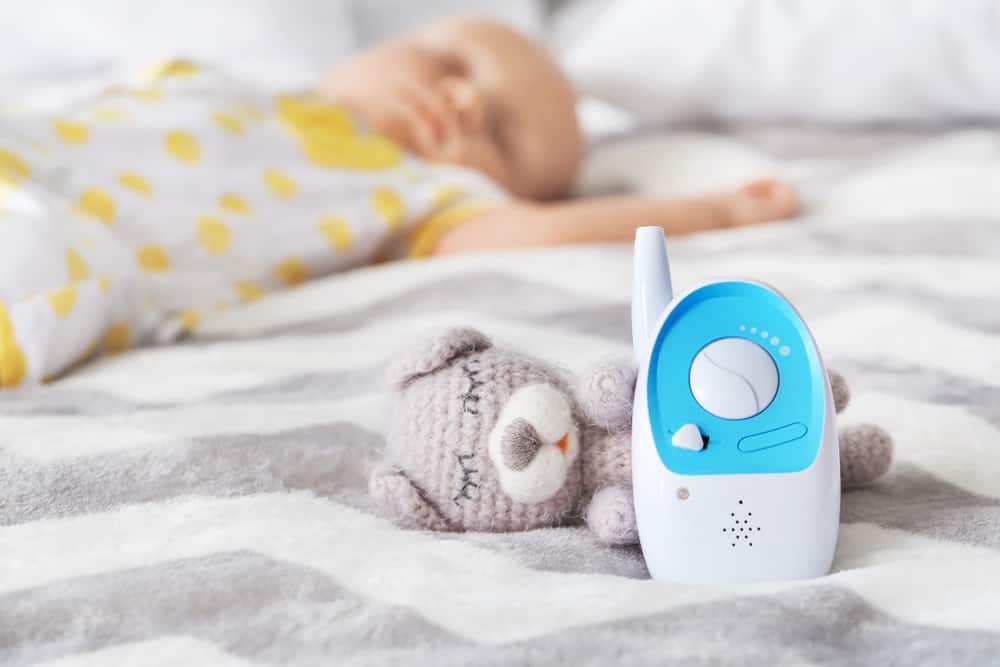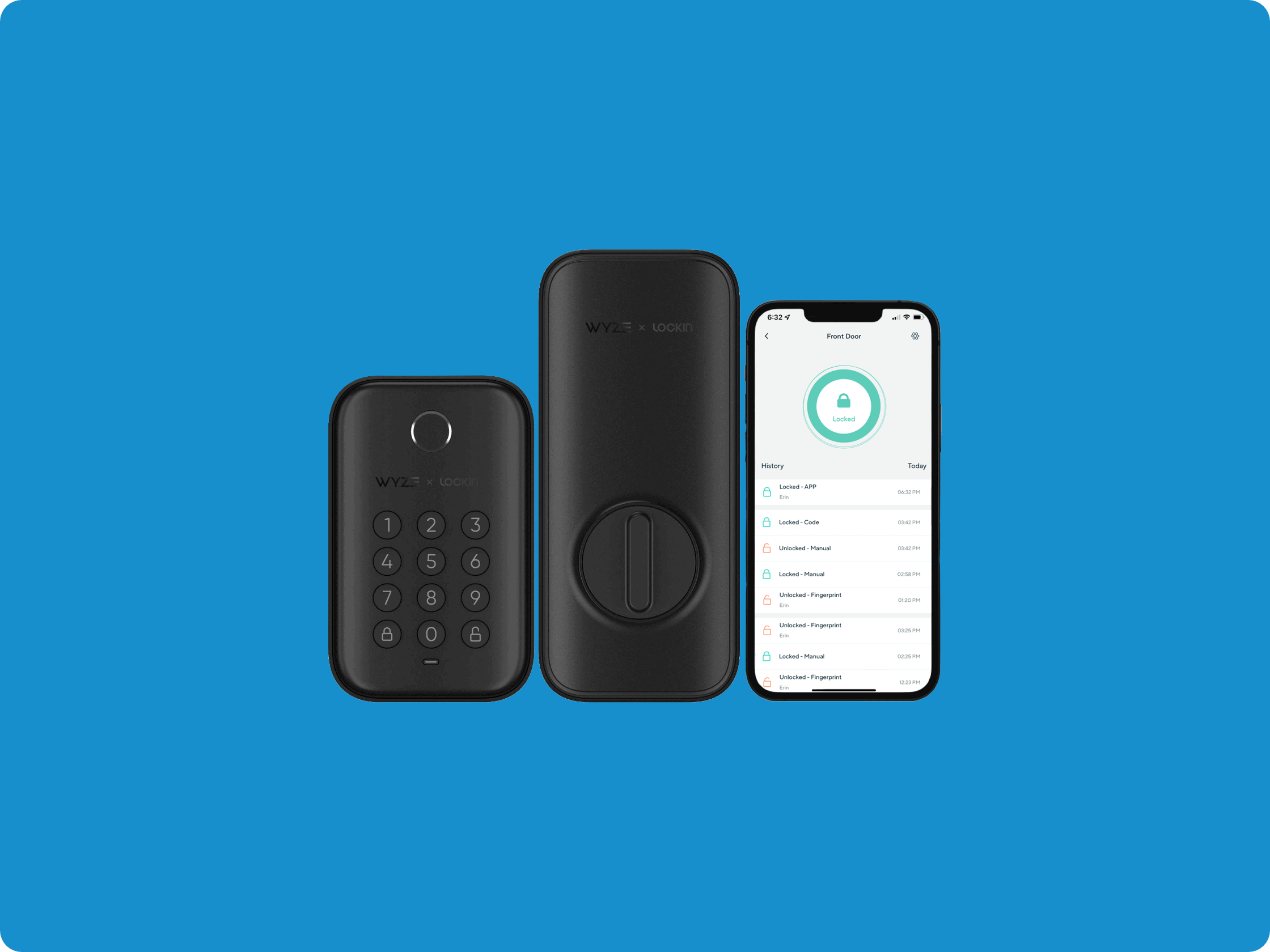
If there’s one thing a parent doesn’t want to hear, it’s a story about a baby monitor that’s been hacked. Speaking as an expert who’s reported his fair share of chilling smart home stories, it doesn’t get any scarier than that. And while they don’t happen as often as, say, ransomware attacks targeting kids, baby monitor hacks do happen often enough to make you wonder: Is it time to toss my monitor in the trash?
I wouldn’t go that far. But you may want to consider switching to a safer model (I’ll show you what I mean shortly). At the very least, you’ll want to make a few easy fixes to your current baby monitor setup that will dramatically reduce your risk of getting hacked.
But before we get into any of that, you’ll probably want to know how creeps break into baby monitors to begin with.
FYI: Want to know how easy it is for a hacker to break into your Wi-Fi-enabled camera if you don’t take precautions? A hacker named SydeFX found 300 vulnerable Nest cams in under 10 minutes. His trick? A pretty easy one: It’s called credential stuffing, or using previously exposed username and password combos on fresh targets.1
This Is How Creeps Hack Your Baby Monitor
There are actually two ways for criminals to hack your baby monitor, depending on what kind of setup you have.
Intercom Baby Monitors
If you have an old-school analog baby monitor, a perv can hijack your frequency like it’s a CB or a walkie-talkie. Then he can do whatever he wants. Growl. Curse. Tell scary stories. These guys are seriously demented. But the “dumbness” of your old-fashioned baby monitor is also its saving grace. The older-tech equipment requires a degree from Radio Shack and parts you might need to mail order these days.
Second, pervs who hijack baby monitors this way will need to be nearby. The range on these devices isn’t great. How close? Hiding in your bushes close, which isn’t generally the kind of risk a schlub who growls at babies wants to take. For that reason — and because the next type of monitor is a lot more popular these days — you’re far more likely to run across this next type of creep.
Risk: Low-Medium
Internet-Enabled Baby Monitors
The alternative to an analog baby monitor is an internet-enabled baby monitor with an IP camera, or any quality home security camera like the Wyze Cam 2 or 3, paired with an audio monitor. (Most cameras won’t pick up background audio, even if they have two-way audio.) These devices all use Wi-Fi to beam video and audio coverage of your infant back to your smartphones — wherever you happen to be.
Convenient? Sure. But in exchange for that convenience, you’re indirectly opening up your baby’s room to the World Wide Web and all the sickos, trolls, and dark web grifters out to get their paws on our little ones.
The web-savvy creepsauce has multiple avenues of attack. Without getting overly technical, he can hack your Wi-Fi network, or he can hack into a particular Wi-Fi-enabled device. It doesn’t really matter what device because once a hacker slips inside your network, he has carte blanche on any gadget in your home communicating over Wi-Fi, baby monitors included.
Unless you’re using a network password like 1234, the first option may be a tall order. Most predators know they’re not going to breeze past a strong password and a router using WPA2 or WPA3 encryption, so they opt for an easier route: hacking our devices.
Cheapo smart products are notorious for buggy software and vulnerable firmware that any perv with intermediate hacking skills can exploit. Even if you’ve got a high-end product with the security to match, and you don’t reset the password, any scuzz can scan your network, zero in on the default port for your baby monitor (this info is usually available online), punch in the default username and password, and, bingo, they’re in.
Risk: Medium-High
Did You Know? Some non-Wi-Fi baby monitors like the VTech VM321 use frequency-hopping spread spectrum (FHSS) technology that switches frequencies by the millisecond, rendering them virtually hack-proof.
How You Can Stop Predators From Hacking Your Baby Monitor
I can’t tell you how sad and infuriating it is that we parents have to think about protecting our sleeping babies from cyber predators, but there’s a subculture of baby monitor hackers out there trading notes and feeds as we speak. Here’s how to stop them.
1. Get Off Wi-Fi
If you want to remove predators from the equation entirely, pick up a digital device that doesn’t use Wi-Fi, like some VTech models. You have a parent unit and a baby unit. The two speak to each other over constantly changing digital frequencies, not Wi-Fi. No creep on the planet will bother you this way.
2. Invest in a Quality IP Baby Monitor
Insider tip: A crystal-clear 1080p night vision feed of your snoozing angel isn’t really what you’re paying for when you invest a little more in a top-rated smart home device. You’re paying for R&D, cybersecurity know-how, and timely software and firmware updates. So if you’re bent on a Wi-Fi monitor, aim for a device with a reputation for security — strong, 256-bit encryption and two-factor authentication included.
3. Reset Factory Default Passwords and Usernames (and Switch Ports) Immediately
Anybody with an internet connection can find the password to your baby monitor if you don’t change it. Ditto for your port number. That information is usually available to the public on websites and in user manuals. Creating strong passwords — or better yet, connecting via QR codes — should be part of your digital hygiene routine when you’re setting up any Wi-Fi-enabled device, but especially when you’re installing a baby monitor.
4. Upgrade and Update
Installing updates isn’t just about getting the latest features, even if our consumer brains think that way. Updates fix security bugs so you can stay one step ahead of the guy who likes scaring sleeping babies. My advice? Allow your Wi-Fi baby monitor to update itself automatically.
5. Install a VPN Over Your Router
There are plenty of good reasons to use a VPN. For Wi-Fi-enabled devices like baby monitors, a VPN scrambles any data you transmit to or receive from your child’s room. Would-be-hackers can’t poke their snouts inside this way. A quality VPN, in other words, lets you have your cake and eat it too.
FYI: Just what does a baby monitor hack sound like? Marc Gilbert of Houston found out in 2013 when he was washing dishes in the kitchen one evening and a strange voice shouted at his sleeping 2-year-old girl, “Wake up, you little sl@#!” Needless to say, Gilbert ditched the baby monitor soon thereafter.2
Final Thoughts
Internet-enabled baby monitors make a lot of us parents feel safe. We can keep an eye on our tykes wherever we are inside or outside the house, with crystal-clear audio and video feeds. This is really convenient and reassuring. But these monitors also attract the lowest species of online predator.
Fortunately — and I don’t use this word lightly here — we can outwit these sleazeballs by taking some pretty basic security measures we should be taking anyway.
First, try to wean yourself off your Wi-Fi-enabled baby monitor. A digital model that doesn’t use Wi-Fi is the safest best. If you’re a diehard Simplisafe or Lorex fan, we can’t blame you. Simplisafe cameras are some of our favorites. In this case, you’re going to have to be extra careful with passwords and updates.





